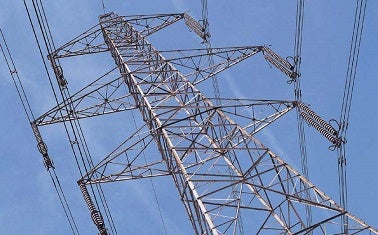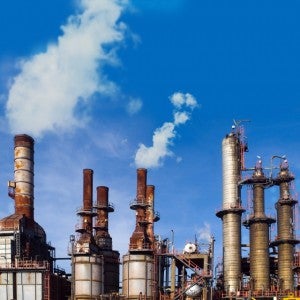 EPA’s Clean Power Plan, proposed today, is a roadmap for cutting dangerous pollution from power plants, and as with any map, there are many roads to follow. For this journey, states are in the driver’s seat and can steer themselves in the direction most beneficial to their people and to the state’s economy, as long as they show EPA they are staying on the map and ultimately reaching the final destination.
EPA’s Clean Power Plan, proposed today, is a roadmap for cutting dangerous pollution from power plants, and as with any map, there are many roads to follow. For this journey, states are in the driver’s seat and can steer themselves in the direction most beneficial to their people and to the state’s economy, as long as they show EPA they are staying on the map and ultimately reaching the final destination.
As usual, California got off to a head start, explored the territory, blazed a lot of new trails, and left a number of clues on how states can transition to a lower carbon future, and California’s successes are one proven, potential model for other states to follow. The state’s legacy of clean energy and energy efficiency progress is a big reason the White House and EPA could roll out the most significant national climate change action in U.S. history. Read More














